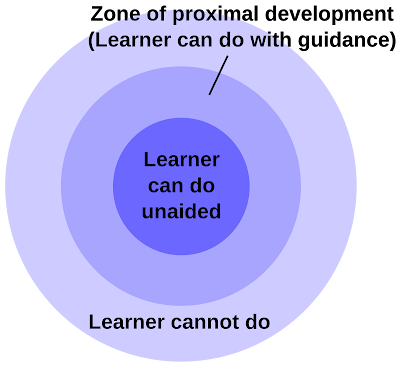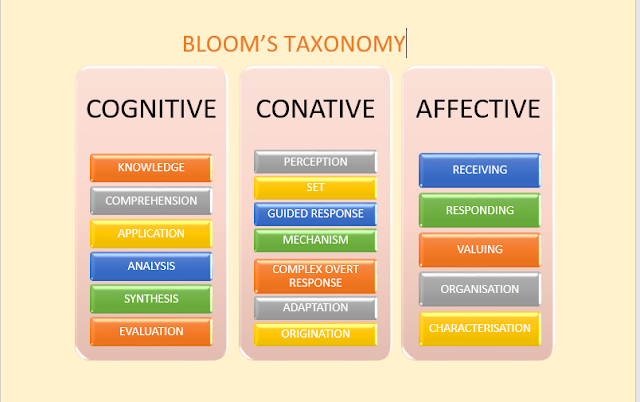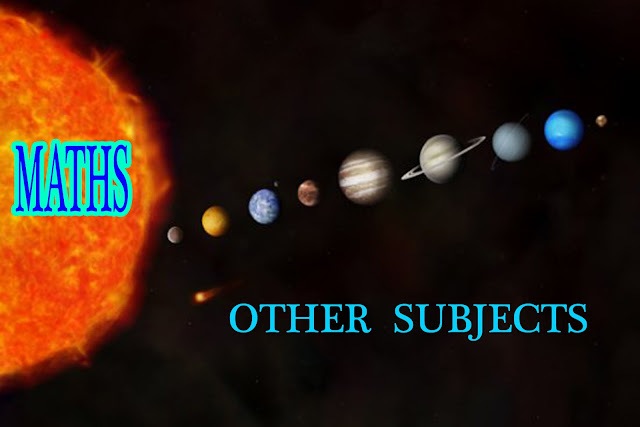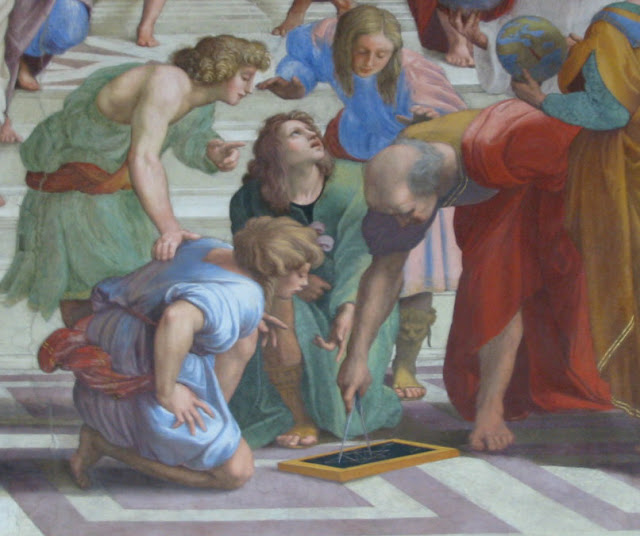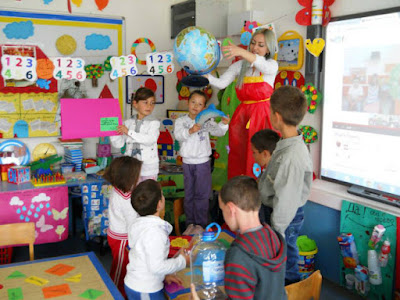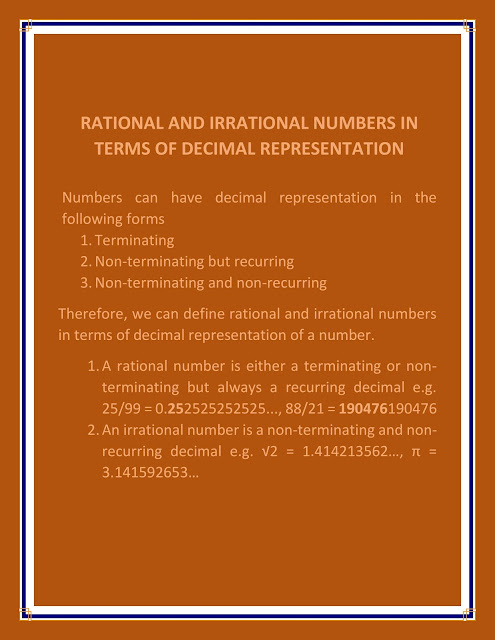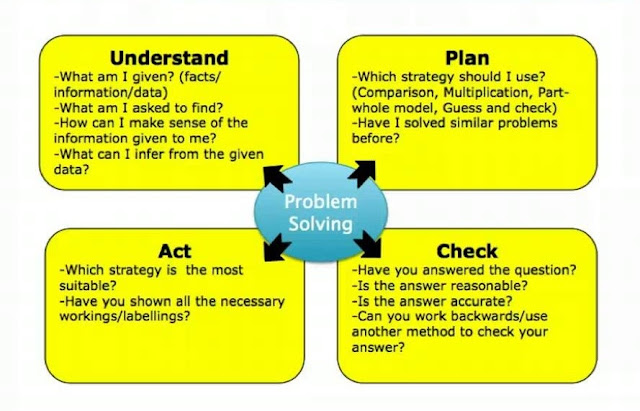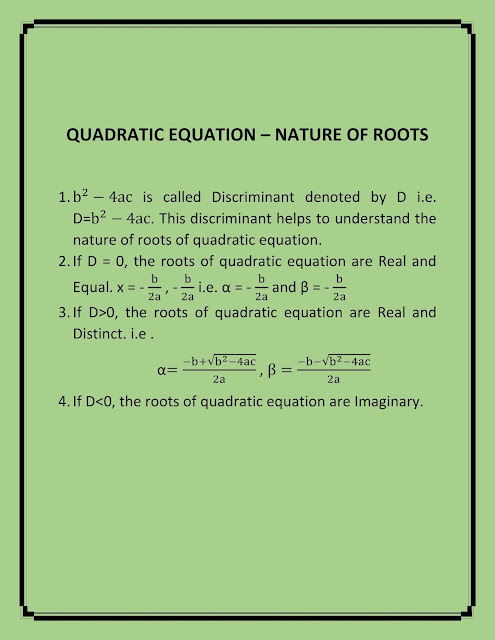Mathematics correlates with almost all school subject. Sciences uses mathematics the most. Even the Fine Arts use mathematics to some extent. Mathematics has characteristics like symmetry, similarity, originality, generalization and verification. All these characteristics make mathematics very usable, practical and versatile. Relation of mathematics with science, economics and fine arts is covered in this text Relation of Mathematics with Sciences 1. Physics - (i) The numerical derivations of many Laws of science are provided by mathematics. (ii) Newton Laws of Motion, Gravitational Laws, Boyle's Law, Charles Law etc. require mathematics for practical understanding. (iii) All measurements, units and measuring devices depend upon mathematics. 2. Chemistry - (i) Chemical equations, balancing of equations (ii) Atomic number, atomic and molecular mass, atomic mass units, radii of atoms and molecules. (iii) Chemica


